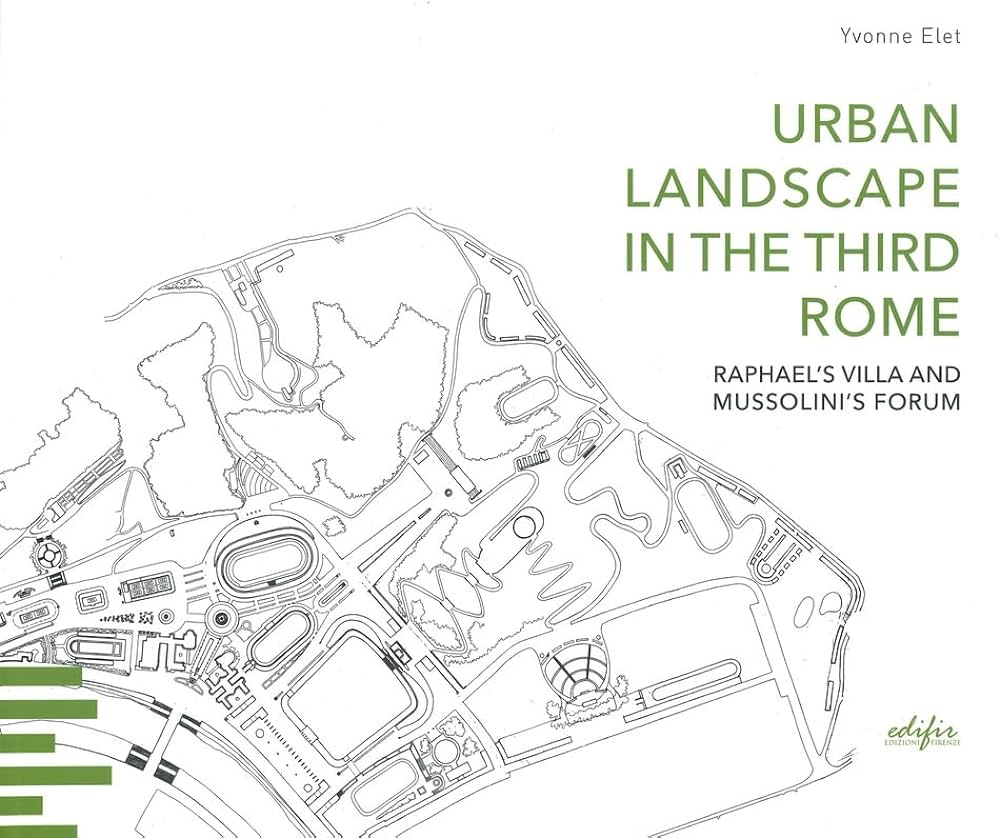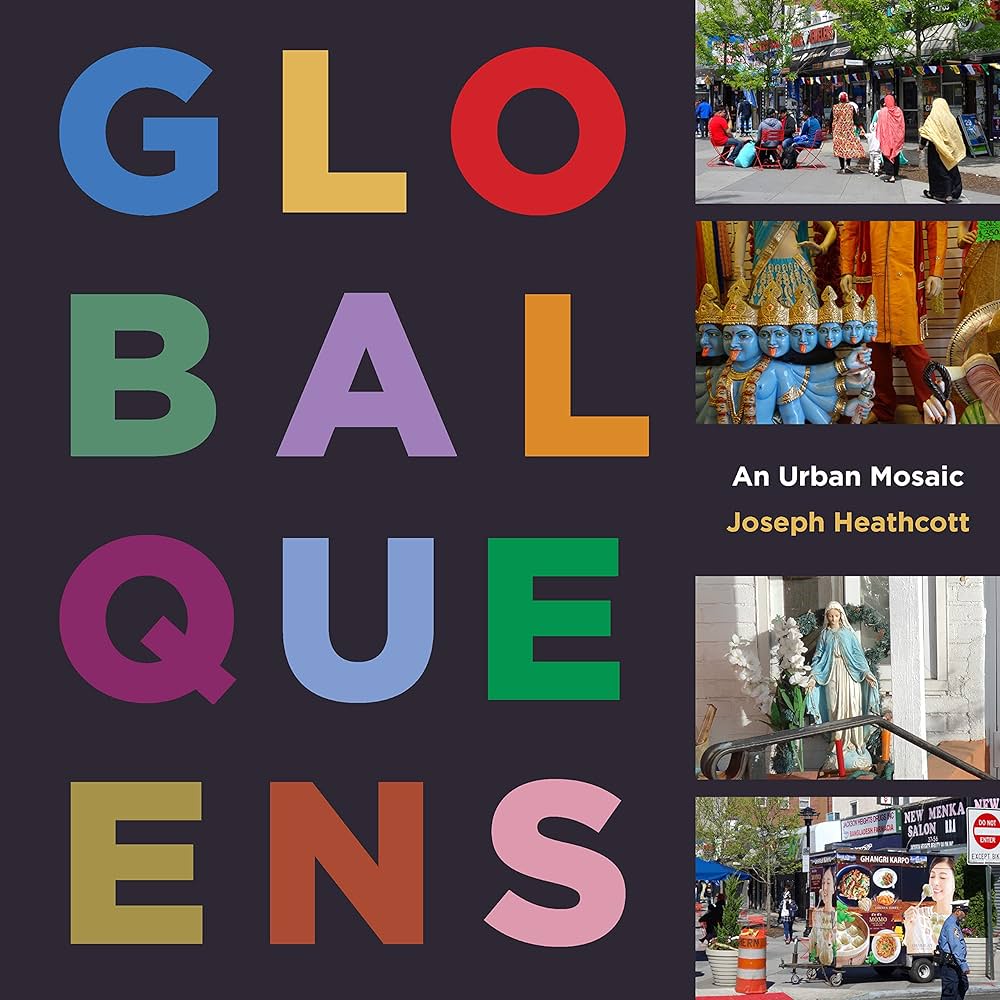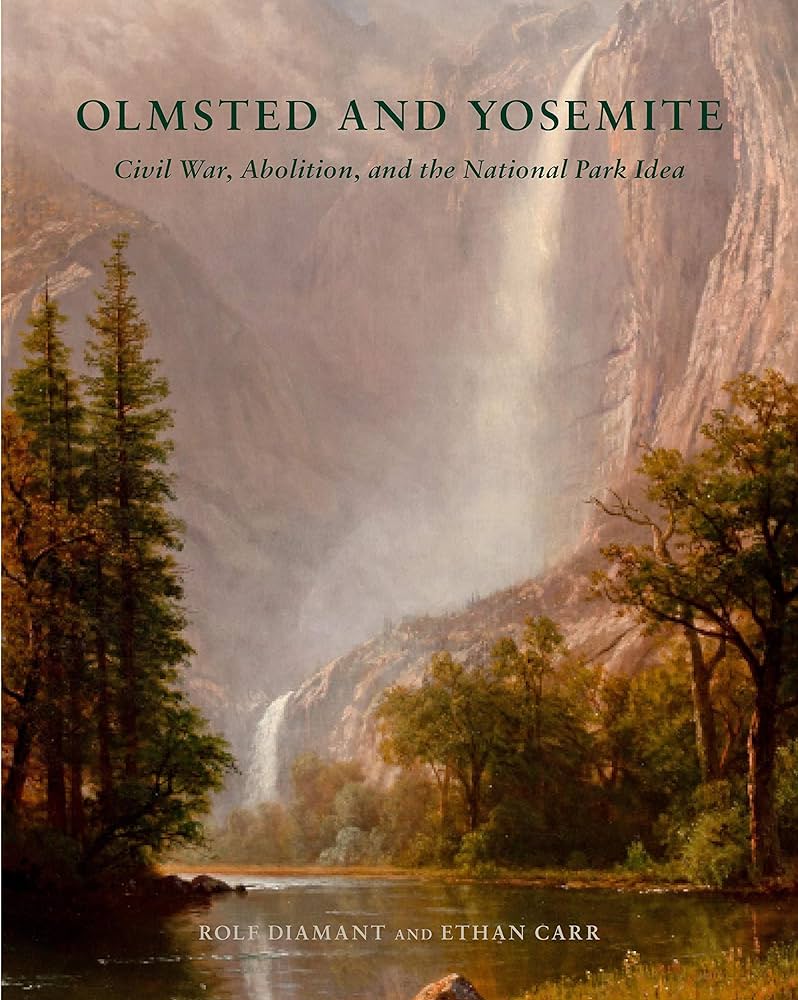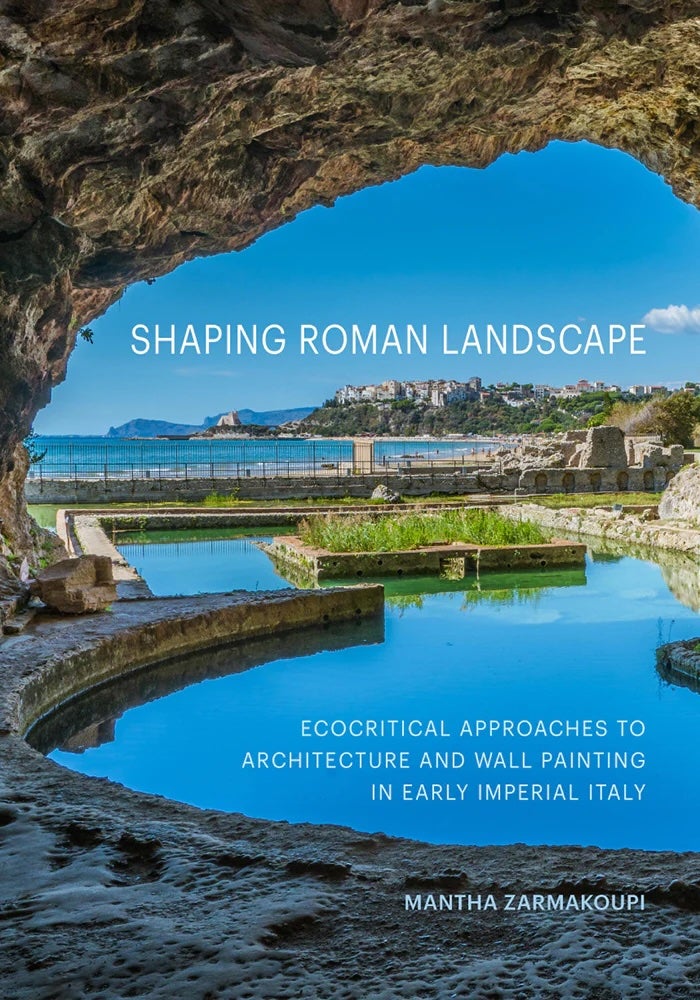The David R. Coffin 2021 - Present Publication Grant Recipients
The David R. Coffin Publication Grant is awarded annually to authors or publishers of books-in-progress on a landscape subject. The purpose of this grant is to reward contributors to the intellectual vitality of garden history and landscape studies. The grant recipients are listed in alphabetical order and categorized by year.

SHEILA CRANE
City in the Shadow of Shantytown. A Critical History of Bidonville.
University of Pittsburgh Press, forthcoming
In this book, author Sheila Crane expands our understanding Moroccan and Algerian shantytowns located on the periphery of French colonial cities. Through the careful examination of archival sources, Crane analyzes these shantytowns as a complex form of landscape urbanity challenging the tropes through which most urban scholars have discussed informality as a “spatial manifestation of poverty or marginalization”.
The title is part of the University of Pittsburgh Press' Culture, Politics, and Built Environment series (edited by Dianne Harris, dean of the College of Arts and Sciences at the University of Washington). Books in this series address the intersecting relationships between the built environment and a range of cultural forces, exploring the ways buildings, cities, and landscapes impact—and are in turn shaped by—the formulation and function of deep social, economic, and political structures. The scope of the series is international and open to multidisciplinary work, but it is primarily focused on publishing spatial histories that have the potential to influence many other kinds of historical thought and writing.
Sheila Crane is the Chair of the Department of Architectural History at the University of Virginia where she has taught since 2007. The Society of Architectural Historians selected her first book Mediterranean Crossroads: Marseilles and Modern Architecture (2011) for the Spiro Kostof Award (2013). Crane is the recipient of numerous fellowships and awards for her scholarly work including the Mellon Fellowship in Urban Landscape Studies from Harvard University’s Dumbarton Oaks Research Institute (Garden and Landscape Studies Program), the Clark Fellowship from the Sterling and Francine Clark Art Institute, the Sidney J. Weinberg Foundation Fellowship in Architectural History and Preservation from Columbia University’s Italian Academy for Advanced Study in America, and the Visiting Scholarship from the Canadian Centre for Architecture.

YVONNE ELET
Urban Landscape in the Third Rome: Raphael's Villa and Mussolini's Forum
Edifer, 2023
The "Renaissance" gardens of Villa Madama, Raphael's late masterwork for the Medici popes, were actually completely recreated in the twentieth century, although little information about them has previously emerged. Based on abundant material from private archives, this book reveals an unknown story of the gardens' creation by an international cohort of designers and patrons. It further details how the restored villa came to be integrated into one of the most significant urban initiatives of the Fascist ventennio—the neighboring Foro Mussolini (current Foro Italico)—and linked with the seat of the Foreign Ministry in a verdant garden park. This novel account of the synergy among these coeval projects traces the interwar development of this symbolic entry zone to Rome, demonstrating the power of urban landscape for constructing political and cultural identity. This narrative integrates the histories of architecture, of gardens and landscape, of urban form, and of restoration with the storia del gusto and political history. It also introduces the villa's owners—a French engineer, then an Italian count and a flamboyant American heiress—interweaving stories of their lives with their restoration of this significant heritage site, set against the political backdrop of the Fascist ascendency. The richly textured narrative yields a new portrait of the villa as an international salon for soft diplomacy, and examines the mythologizing of Renaissance heritage by ideologues and propagandists establishing the Third Rome. Ultimately it is a tale of diachronic political theater in the palimpsestic gateway to Rome, at a crucial moment for the formation of Italian cultural identity and Roman urban form.
Yvonne Elet is Associate Professor of Art History at Vassar College, New York. A specialist in Italian early modern art and architecture, her research focuses on Renaissance villa culture; integrated designs for art, architecture, and landscape; early modern stucco; and intersections among art, literature, science, and natural philosophy. Her articles appear in the Journal of the Society of Architectural Historians and I Tatti Studies in the Italian Renaissance. She has received grants from the Center for Advanced Studies in the Visual Arts, the Getty Research Institute, and the American Council of Learned Societies. She has also been a Fellow at the Metropolitan Metropolitan Museum of Art and at the Frick Collection, New York, as well as a visiting scholar at the Max-Planck-Institut für Wissenschaftsgeschichte, Berlin.

JOSEPH HEATHCOTT
Global Queens: An Urban Mosaic
Fordham University Press, 2023
Remade by decades of immigration, Queens, New York, has emerged as an emblematic space of social mixing and encounters across multiple lines of difference. With its expansive subdivisions, tangled highways, and centerless form, it is also New York’s most enigmatic borough. It can feel alternately like a big city, a tight-knit village, a featureless industrial zone, or a sprawling suburban community. Through more than 200 contemporary photographs, Joseph Heathcott captures this multifaceted borough and one of the most diverse places in the United States.
Drawn from more than a decade of roaming around Queens and snapping photos, Heathcott conveys the juxtaposition of the ordinary and the extraordinary, the mundane and the surprising, and the staggering social diversity that best characterizes Queens. At the heart of the story are two separate but entwined histories: the rapid expansion of the borough’s built environment through the twentieth century, and the millions of people who have traveled from near and far to call Queens home. Newcomers have had to confront discrimination, white racial hostility, legal challenges, and language barriers. They have had to struggle to find adequate housing, places to worship, and jobs that pay enough to survive. And they have done all of this in the borough’s jumbled collection of neighborhoods, housing types, civic and religious institutions, factories and warehouses, commercial streets, and strip malls.
Heathcott makes primary use of documentary photography to bring these social and spatial realities of everyday life into relief. He also draws on demographic data, archival sources, planning documents, news stories, and reports. The result is a visual meditation on Queens that provides clues about an urban future where notions of citizenship and belonging are negotiated across multiple lines of difference, but where a sense of ”getting along”—however roughly textured and unfinished—has taken hold in the everyday life of the streets.
Joseph Heathcott is a writer, photographer, educator, and Chair of Urban and Environmental Studies at The New School. His work has appeared in a wide range of venues, including books, academic journals, magazines, exhibits, and juried art shows. His most recent books include Urban Infrastructure: Historical and Social Dimensions of an Interconnected World; The Routledge Handbook of Infrastructure Design: Global Perspectives from Architectural History; and Capturing the City: Photographs from the Streets of St. Louis, 1900–1930.
The David R. Coffin Publication Grant was not awarded in 2022.

Rolf Diamant and Ethan Carr
Olmsted and Yosemite: Civil War, Abolition, and the National Park Idea
Library of American Landscape History
Both Central Park in New York and Yosemite Valley in California became public parks during the tumultuous years before and during the Civil War. Rolf Diamant and Ethan Carr demonstrate how anti-slavery activism, war, and the remaking of the federal government gave rise to the American public park. The authors closely examine Frederick Law Olmsted’s 1865 Yosemite Report—the key document that expresses the aspirational vision of making great public parks keystone institutions of a renewed liberal democracy. Yosemite, the prototype of the national park system, embodied the “new birth of freedom” that inspired the nation during its greatest crisis. The park epitomized the duty of Republican government to act to enhance the lives and well-being of all of its citizens, and its creation was rooted in contemporary ideology of Union, abolition, and progress.
A consistent thread runs through the apparently disparate events of anti-slavery activism, the war effort, and the creation of urban and national parks: the life and work of Frederick Law Olmsted. His Yosemite Report (reprinted in this volume), provided the intellectual framework for a national park system. Olmsted’s influence lived on, when his son and namesake drafted the key portions of the 1916 legislation that created the National Park Service. The goals and purposes of national parks he described were based on the ideas and aspirations his father had expressed fifty years earlier.
But Olmsted’s role in national park history has been deemphasized since then. The early twentieth century was a period of “reconciliation” between North and South—and of Jim Crow restrictions and segregation. The National Park Service sought more neutral and anodyne narratives explaining the “national park idea.” Associating national parks with the ideology and politics of the Civil War and Reconstruction apparently did not serve the young agency seeking to build a national coalition of park supporters and their elected representatives some from the South). The official origins of the national parks were therefore mythologized as “campfire tales.” The first was the story of an 1870 campfire in Yellowstone—an event that never took place—during which a visiting group of scientists and businessmen were supposed to have spontaneously declared that the region should be made a national park. By the 1970s that account became factually insupportable, and the story was replaced by that of another campfire (this one at least did occur) in Yosemite in 1903, during which Theodore Roosevelt and John Muir discussed the future of public lands, generally, and of Yosemite Valley in particular. But while these two figures are giants in the history of American conservation, neither thought up the idea of national parks or the National Park Service.
This book offers a new interpretation of how the American park—urban and national—came to loom so large in the national imagination. It comes at an important time, following the centennial of the National Park Service, and during a period of reassessment of the tortured national legacy of racism.
Rolf Diamant of Woodstock is an adjunct associate professor in the University of Vermont’s History Department/Historic Preservation Program.
Ethan Carr is a professor of landscape architecture at the University of Massachusetts, Amherst. He is a landscape historian and preservationist specializing in public landscapes.
Catherine Seavitt Nordenson
The Miasmist: George E. Waring Jr. and the Sanitary Landscape
University of Texas Press
In 1867, nineteenth-century sanitary engineer George E. Waring, Jr. (1833–1898) published an influential manual entitled “Draining for Profit, Draining for Health,” reflecting the obsessions of his gilded age—wealth, health, and miasma. Even as the germ theory emerged, Waring supported the anti-contagionist miasma theory, positing that disease spread through the air as a poisonous vapor, emerging from damp soil. He applied his knowledge of farm drainage to an urban theory of public health, with a drainage plan for Central Park; a sewerage system for Memphis; a transformation of New York City’s Department of Street Cleaning; and a sanitation plan for Havana, Cuba. Waring’s battle against miasma was an endeavor to transform both the physical landscape and its inhabitants’ morality; his brilliant failure (in scientific terms) is worth reassessing in light of the public health and equity issues arising from today’s pandemic and climate crises.
Catherine Seavitt Nordenson is a professor and director of the graduate landscape architecture program at the Spitzer School of Architecture, City College of New York
![]()
Jane Wolf
Bay Lexicon
McGill-Queen’s University Press
As human populations inhabiting cities have grown dramatically, we have lost the ability to understand and even to see the natural world around us. We lack the vocabulary to describe our surroundings, and this lack of understanding limits our ability as citizens to contribute to political decisions about the landscape of cities, especially at the edges where land meets water. Bay Lexicon, a field guide to San Francisco's shoreline, is a case study in establishing a working language for hybrid landscapes. Centred on a walk along the edge of the iconic San Francisco Bay, it documents, deciphers, and classifies the places and phenomena a person encounters—and the forces, histories, and interactions that underlie what is visible. In a unique synthesis of text and drawing, Jane Wolff applies analytical and representational tools based in design and documentary work to findings from the fields of geography, environmental and cultural history, public policy, urban ecology, and landscape studies. As our cities face increasing pressure caused by climate change, we will need to reimagine them in terms that do justice to their complexity. Bay Lexicon's methods for building landscape literacy are meant for translation, adaptation, and use far beyond San Francisco Bay. Through activist scholarship that cuts across disciplinary boundaries and levels of expertise, this book examines how the landscape at the water's edge works, documents its historical evolution, brings its citizens' values to light, and frames conversations about how and why it might change.
Jane Wolff is an associate professor at the University of Toronto’s Daniels Faculty of Architecture, Landscape, and Design and the author of Delta Primer: A Field Guide to the California Delta.

Mantha Zarmakoupi
Roman Landscape: Eco-critical Approaches to Early Imperial History
J. Paul Getty Museum Publications
Landscape emerged as a significant theme in the Roman Late Republican and Early Imperial periods. Writers described landscape in texts and treatises, its qualities were praised and sought out in everyday life, and contemporary perceptions of the natural and built environment, as well as ideas about nature and art, were intertwined with architectural and decorative trends.
This illustrated volume examines how representations of real and depicted landscapes, and the merging of both in visual space, contributed to the creation of novel languages of art and architecture. Drawing on a diverse body of archaeological, art historical, and literary evidence, this study applies an ecocritical lens that moves beyond the limits of traditional iconography. Chapters consider, for example, how garden designs and paintings appropriated the cultures and ecosystems brought under Roman control and the ways miniature landscape paintings chronicled the transformation of the Italian shoreline with colonnaded villas, pointing to the changing relationship of humans with nature. Making a timely and original contribution to current discourses on ecology and art and architectural history, Shaping Roman Landscape reveals how Roman ideas of landscape, and the decorative strategies at imperial domus and villa complexes that gave these ideas shape, were richly embedded with meanings of nature, culture, and labor.
Mantha Zarmakoupi is the Morris Russell and Josephine Chidsey Williams Assistant Professor in Roman Architecture and Urbanism in the Department of History of Art at the University of Pennsylvania.
